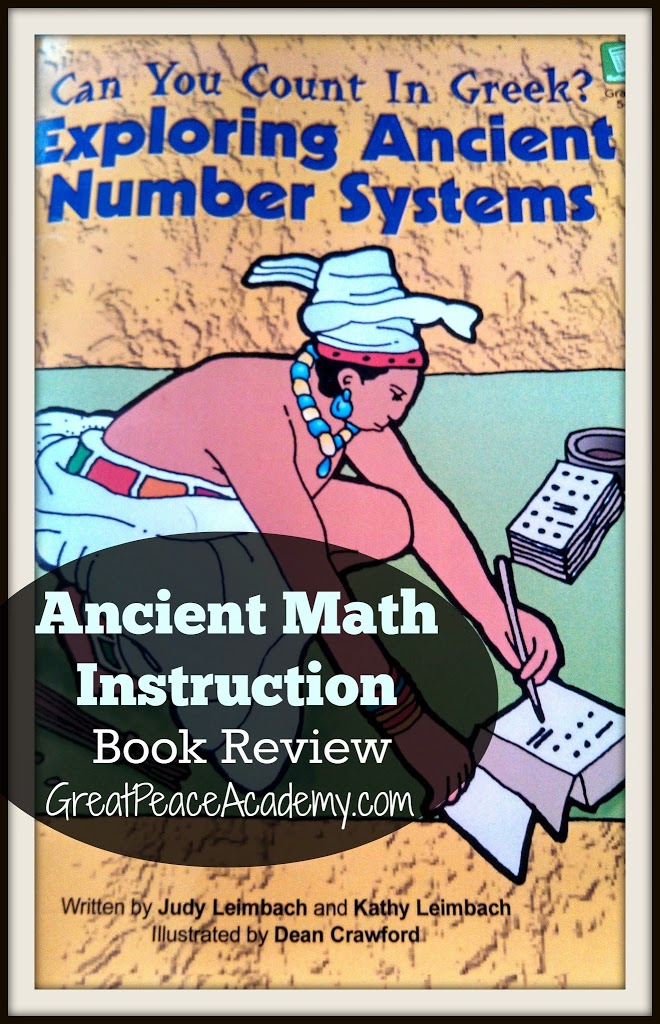
Ancient Math Instruction
Can you Count in Greek?, Exploring Ancient Number Systems Book Review
Disclosure: I received this book for free in exchange for an honest review of the product. All opinions expressed are my own and I share them with you gladly because this book has truly offered an excited challenge for my math gifted son. This post contains affiliate links to products that can be purchased through 3rd party websites.
Have you ever considered that counting is universal? I mean each language has a different alphabet, but counting regardless of the language used, counts the same. A single object is still a single object whether you call it, uno, alpha, null, un, eins, or one.
Can you Count in Greek? Or, in any other ancient language? Most likely you are somewhat familiar with Roman Numerals. But are you familiar with other counting systems from ancient cultures? This book, Can You Count in Greek, Exploring Ancient Number Systems was written by Judy Leimbach and Kathy Leimbach, and published by my affiliate Prufrock Press. In it you will find lessons for 8 different ancient number counting systems.
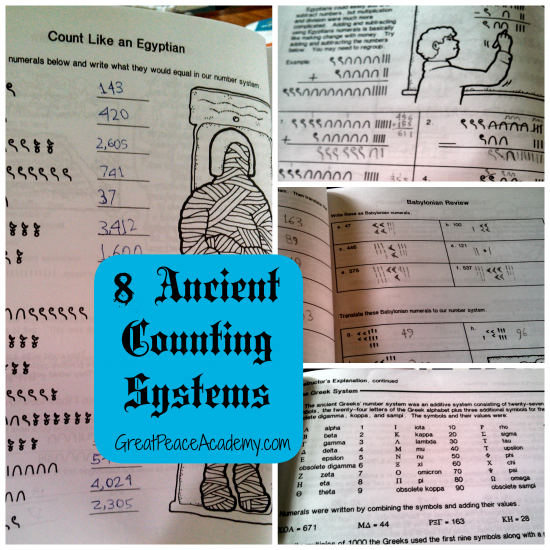 8 Ancient Math Counting Systems
8 Ancient Math Counting Systems
- Egyptian
- Babylonian
- Roman
- Greek
- Hindu/Arabic
- Quinary
- Binary
- Mayan
Having learned the Roman numerals when he was very young, I knew that my Little Man would be excited by this book. I was not prepared for how excited. When the package arrived in the mail and we opened it, he said, “Wow, mom, can I read that book?” Of course he could. So he grabbed it right up and off he went to peruse the book.
We only had about a 1/2 an hour before we had to head off to dinner at a local restaurant. When I told him it was time to go, he asked if he could take it along. I said, “Yes.” In the car on the way, he continued working through the book and arriving at the restaurant he asked if he could take it in. He sat at the table working on math while his dad and I had to keep reminding him to eat.

The book is set up in lessons. Each lesson contains an introduction to a language and counting method. Then there is a page to count in English using the Ancient symbols. After that, there is a page where they count by writing and using the ancient symbols. There also is a page that has the student calculating using the ancient system of calculating with additional practice pages.
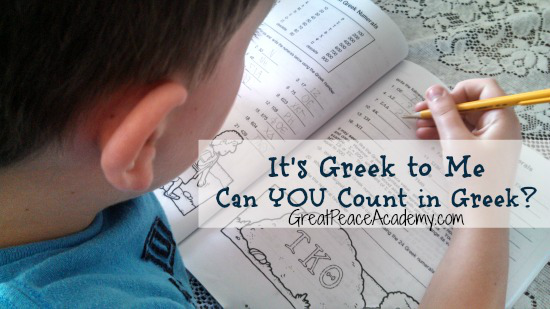
This Ancient Math Instruction Workbook is Ideal for:
- Gifted and Advanced Learners
- Homeschoolers who follow a chronological history scope and sequence.
- Homeschoolers who do unit studies. It allows you to incorporate math into lessons on ancient history.
- Anyone teaching a Chronological Bible Unity Study, incorporating math into the unit.
So the question remains. Can you count in Greek? Neither could I but I have learned the very basics of it. So can you, and your children. I promise, its easier than it sounds.

You May Also Like:
This Post is part of iHomeschool Network’s The Massive Guide to Homeschooling Math.
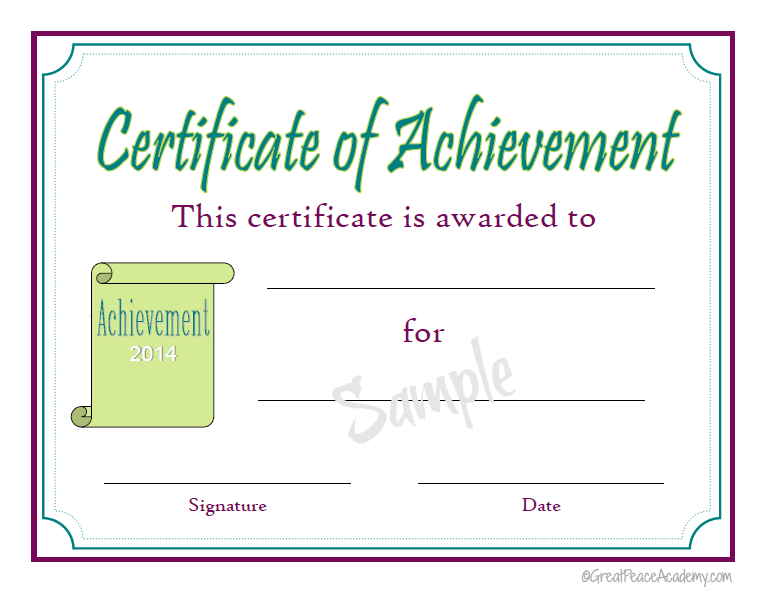


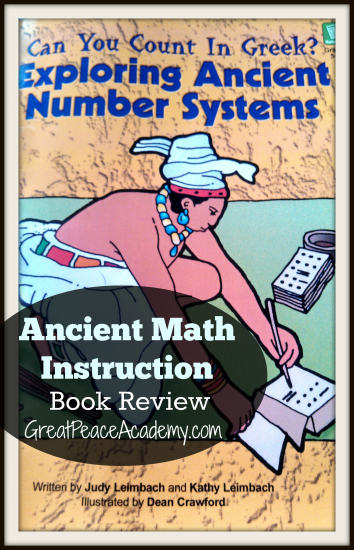
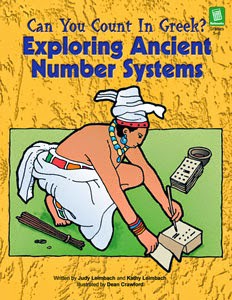




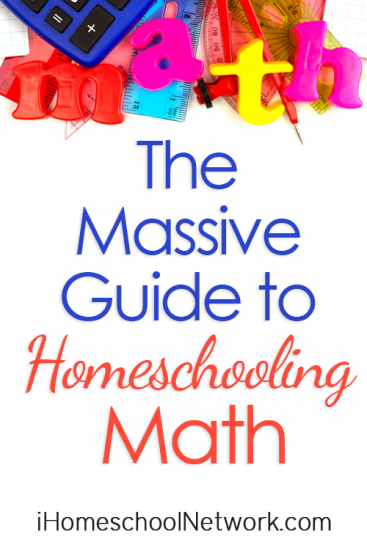



4 Comments
Shecki Grtlyblesd
Oh, that looks like it would have been perfect for us this year! Pinning for other MFW users. 🙂 Will you be doing a This Week post this week?
Renee Aleshire Brown
Thanks for pinning. I will be, getting to it now. Might be a bit late 😉
Phyllis
Oh, my math loving boy would love this. Now, I have to get a copy!
Renee Aleshire Brown
Yes! If you have a boy who loves math, then, yes, he will love it.